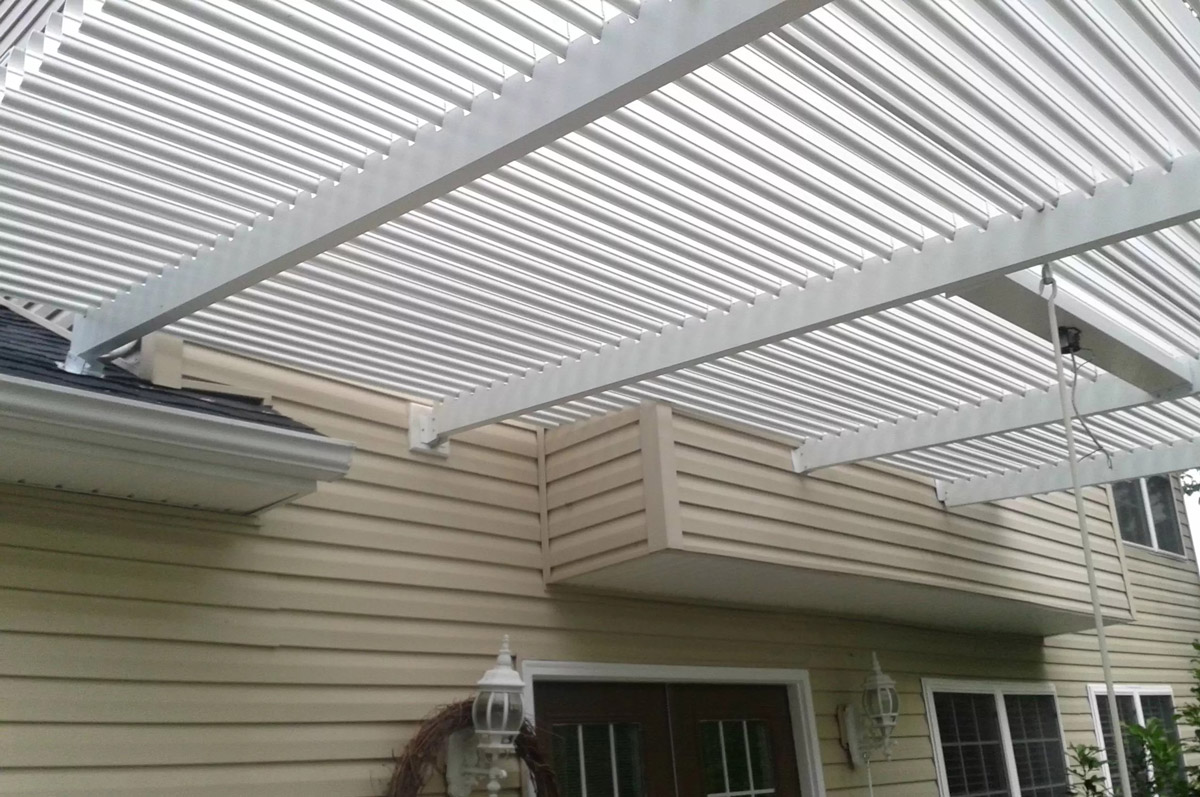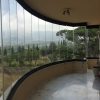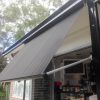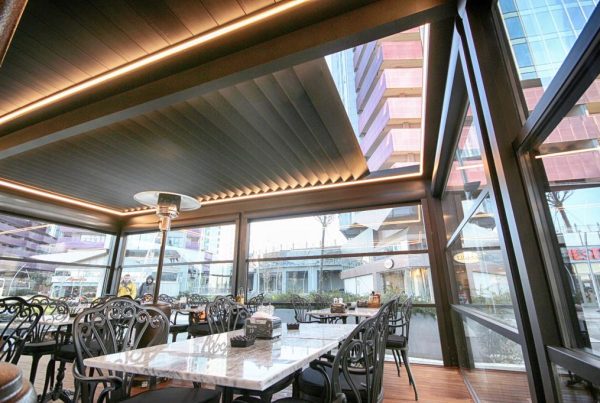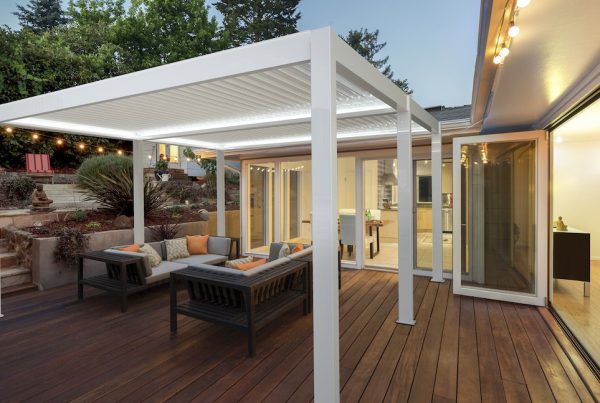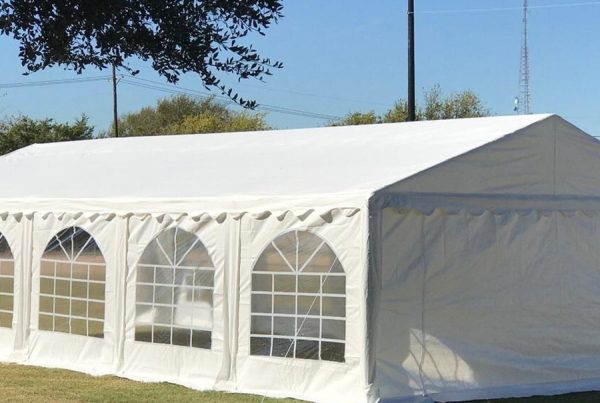The pergola is a garden feature that forms a walkway, walkway, or shaded seating area consisting of vertical jambs or trusses that support cross bridges and lattice openings, which are often surrounded by vines. Now we have a detailed article about it that will teach you a lot about it.
Origin of the Word Pergolas
The word has its origins in the Late Latin pergula, which refers to the protruding friezes.
Benefits of Pergolas
The pergola connects the wings or extends from a building door to an open semi-garden, such as an isolated terrace or pond. For erect pergolas not attached to a house or any structure, they create a seating area that allows in breeze and sunlight but yet is protected from annoying solar glare. The pergolas provide a supportive structure for climbing plants that grow above them.
What are Pergolas made of?
Pergolas design materials include wood, vinyl, fiberglass, aluminum and CPVC (cellular polyvinyl chloride) instead of brick and stone blocks as they can be purchased and are becoming increasingly popular.
We find that the wooden pergolas are made of weather-resistant wood such as western red cedar or coastal redwood, where they are painted or stained for use, or wood treated with preservatives can be used for external uses.
As a lower maintenance alternative to wood, vinyl, fiberglass, aluminum and cellular PVC can be used in the manufacture of pergolas, as they do not require annual painting or coloring like wooden pergolas.
Is it necessary for a company specialized in this field to design the pergolas?
In fact, there are a lot of websites that explain in detail how you can make pergolas yourself, especially since they are very expensive at the moment.
The most famous pergolas around the world
The carefully planned pergola in the gardens of Hampstead Hill, London, designed by Thomas Mawson for his agent W. H. Lever.

